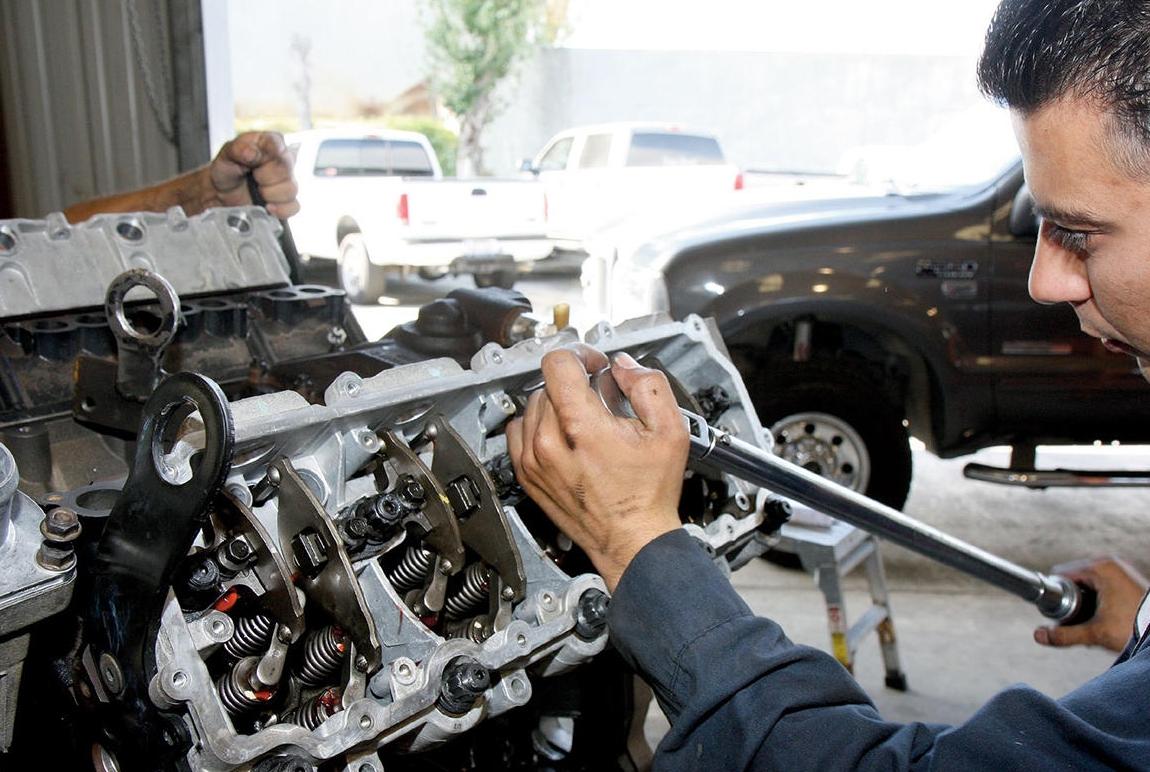
Usually, an engine overhaul does not fall on the owner of the car unexpectedly. It is preceded by bluish smoke emerging from the exhaust pipe and increasing oil consumption. The motor starts up uncertainly and pulls poorly. Suspicious noises and knocks are sometimes heard.
But it happens that trouble comes unexpectedly. For example, when forcing a deep puddle, water can enter the air intake, and the engine will receive a water hammer. Or the owner tightened up with replacing the timing belt, it broke, and the valves met the pistons. Or he decided to increase the engine power by removing the air filter, and the dust that got into the engine contributed to the rapid wear of the cylinder-piston group. There are many reasons, but one outcome – the engine will have to be seriously repaired.
Disaster volume
Capital can be partial and complete. To determine what kind of repair the engine needs, it is necessary to carry out control measurements and troubleshooting – start with the condition of the cylinders and piston play in them, inspect the liners and measure the diameter of the crankshaft journals, evaluate the gaps in the piston pins. With partial capitalization, they are usually limited to replacing piston rings, liners, oil seals, and gaskets. With a full bulkhead, the list is much longer and the workload is much larger. Higher, respectively, and the cost of repair.
Complete overhaul
The sequence of actions for full capital is as follows. First, the engine is removed from the car. This operation is most expensive on all-wheel drive vehicles with automatic transmissions.
Further – disassembly, washing, troubleshooting and micrometry. Only at this stage can a more or less accurate cost of repairs be determined. If the verdict is passed earlier, it is a reason to be wary. Most likely, you fell into the hands of incompetent masters, or they will try to deceive you.
After measurements and troubleshooting, the main parts are sent for machining – many workshops do not keep expensive equipment for boring blocks and grinding crankshafts and send parts to subcontractors. The cost of work greatly depends on the amount of machining. Then the motor is assembled, installed on the machine and filled with working fluids.
Now about spare parts – they usually make up half of all capital expenditures in the general calculation. All gaskets, rubber and rubber-metal seals are changed. Timing drive elements are always changed if it is belt-driven, and almost always if it is chain-driven. For any bulkhead, new piston rings and crankshaft liners are installed. The pistons of modern engines are very loaded and most often also need to be replaced.
Parts that are changed according to the results of diagnostics include valves, oil pumps and even crankshafts, if there is no possibility of grinding to oversize. The main parts – the block of cylinders and heads – are trying to be repaired. In this case, the cylinders are either bored to fit the overhaul size, or they are re-drilled to fit standard pistons. In the head, sometimes it is necessary to restore the camshaft beds and change the valve bushings, mill the mating plane and almost always process the valve seats.
We repair and improve
It so happens that after a major overhaul, the engine becomes … more durable than the factory one! For example, many automakers do not install piston cooling nozzles on their motors, although even pads are cast in the cylinder block for them. If such a revision is made to you at the service, then the resource of the motor will increase.
Another example is drilling additional holes in the piston to drain oil from the oil scraper ring groove, which increases the piston life.
When overhauling the motor, you can also increase the working volume at the same time. For example, make 1.6 from the 1.4 engine of the Hyundai / Kia concern by installing a different crankshaft. Obviously, the cylinder block with the number will remain the same and no one will know about it.
